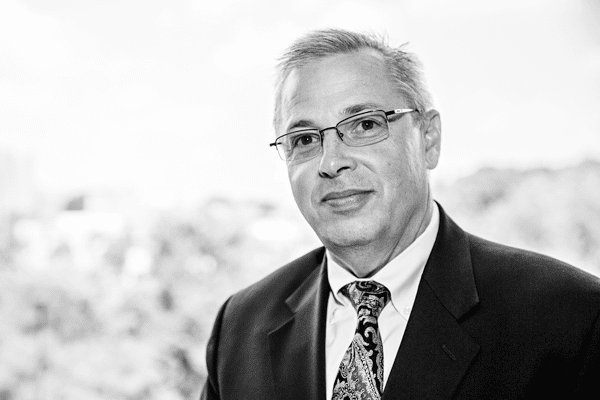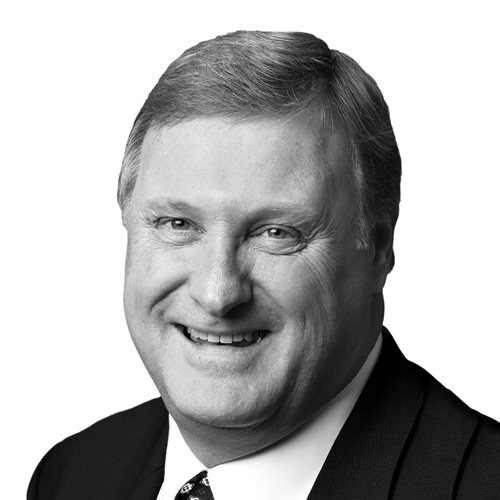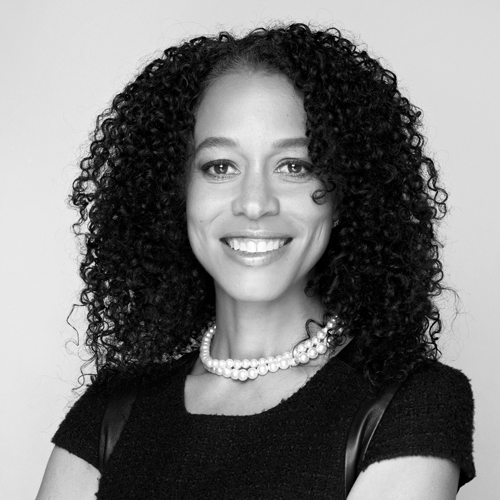In 2007, the Delaware Health Information Network (DHIN) made history, becoming the first live, statewide health information network in the nation. By creating efficiencies for doctors and patients alike, DHIN has effectively eliminated the need for expensive, sluggish delivery methods while also enhancing patient privacy. Mark Jacobs started his career in healthcare in the late 1970s as a data and research analyst. As the industry evolved, so did he. Today, as the organization’s chief information officer, he may specialize in technology, but his focus is always on patients. Here the CIO talks to AHL about the value proposition, keeping costs in line, and his continued passion for IT.
From an IT perspective, what do you have to take into account that you might not have to outside of healthcare?
Mark Jacobs: It’s important to understand that healthcare is a unique, unusual sector of the economy with a gatekeeper: a physician, who manages the patient’s entry for care, tests, and medical services, and the patient/consumer. At DHIN, we have to constantly look at the value proposition and take cost into account while also ensuring that patients receive quality care, that we reduce medical errors, and that our patients are safe and happy. The sensitive nature of patient information being shared—and the issues surrounding the sharing of that information—is something that is paramount, and something not all industries deal with. Specifically, such information requires consent and has no convenient, built-in way to allow it to be easily shared in a way that we expect, as the release of such information may violate ethical and legal boundaries.
Another thing—and one that’s a constant struggle in healthcare—is the moving away from paper. Pushing in that direction is forcing healthcare into a direction it doesn’t want to go.

“It’s important to understand that healthcare is a unique, unusual sector of the economy with a gatekeeper: a physician, who manages the patient’s entry for care.”
How so?
MJ: The Center for Health Transformation, with an introduction by Newt Gingrich, published a book called Paper Kills, which outlined—in order to drive modernization of healthcare and gain efficiency—the value and reduced costs needed to move away from paper. From my perspective, healthcare finds itself, in 2015, still trying to modernize around health IT, yet it has not fully transitioned and is still burdened by manila folders, paper referrals, X-ray film, consent forms—all of which are known to cause medical errors, waste, and higher costs. The Affordable Care Act, unbeknownst to some patients, is really healthcare reform where we are taking the patient, physician, hospital, and other transitions of care through the biggest face-lift in US healthcare history—all while expecting care not to be disrupted. It’s a monumental effort to implement health information technology with the hope of adopting the best practices in care with a focus on prevention, wellness, and early detection. As my son Joe tells me, “Dad, you are all trying to take healthcare where it really does not want to go on its own.”
It sounds like you have your work cut out for you. What are the biggest challenges you face as CIO, and how do you navigate around those issues?
MJ: The CIO position in a health information exchange isn’t the same position as a hospital CIO. We are not just moving data from point A to point B; we’re a network for data-sharing [and mobilizing] data electronically across multiple healthcare organizations in a community, region, or state. My position is sort of an extension of that mission. The biggest challenge is that much of our technology innovations and projects, at times, entail doing work no one else has done. The major ambition is creating an electronic ecosystem with a community health record, but it requires a monumental effort to normalize/standardize data and a lot of consensus and agreement. We’re not totally there yet; it’s time-consuming and quite expensive, but we’ll get there. To me, it is more affordable than a hospital or health system going it alone.
Tell me about your federated data model.
MJ: I’ll explain it this way: We collect data in DHIN, in separate databases per data source. The model is about bringing data together in a single place for caregivers to be able to receive and query. For example, data also comes in from ambulatory practices—in the form of care summaries, hospitals, labs, and from long-term-care centers. We store it, distribute it, and the providers can query to access patient information at point-of-care. We’re basically a big, protected distribution center, like a post office. In our community health record, we have seven years’ worth of patient history, not just from the state of Delaware anymore, but at least one patient from every state in the nation.
How does DHIN’s federated data model make it possible to deliver high-quality medical care more quickly and at a lower cost?
MJ: DHIN is really a hybrid model that allows doctors, nurses, pharmacists, other healthcare providers, and patients to appropriately access and securely share a patient’s vital medical information electronically—improving the quality and cost of patient care. We now have our own integration infrastructure; therefore, we handle our own inbound and outbound data without dependencies of an outside service vendor. We keep everything in line through tight management as well as project management. We’re not trying to provide everything to everyone; we’re only concerned with providing what’s needed to those in need. I was hired at the same time as our CEO, in 2011. She knew the clinical side, and I knew the technology side, and there was perfect synergy.
What fuels your passion for IT in healthcare?
MJ: My primary concerns have always been people, processes, and technology—in that order. Technically I’m a tech person, but I’m also very much a people person. As CIO, you’re so busy, and you can get lost in planning and processes and implementation. You rarely get to see how all of it comes to fruition for patients. In this role, I do get to see how it impacts people’s lives, because my family and I are also patients. It’s exciting to come into work at a place every day where I get to see the fruits of our labor.

